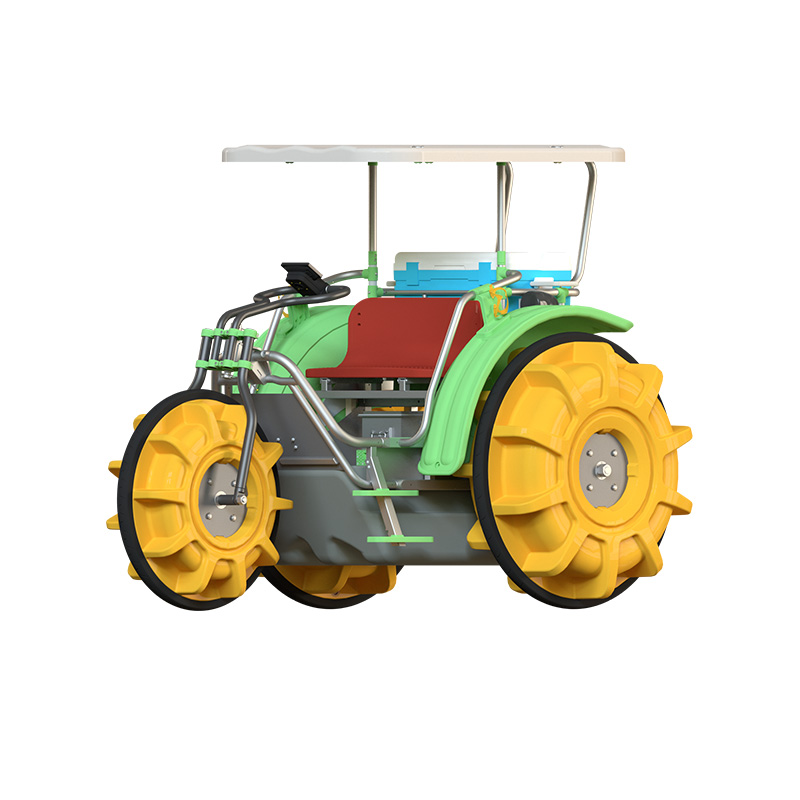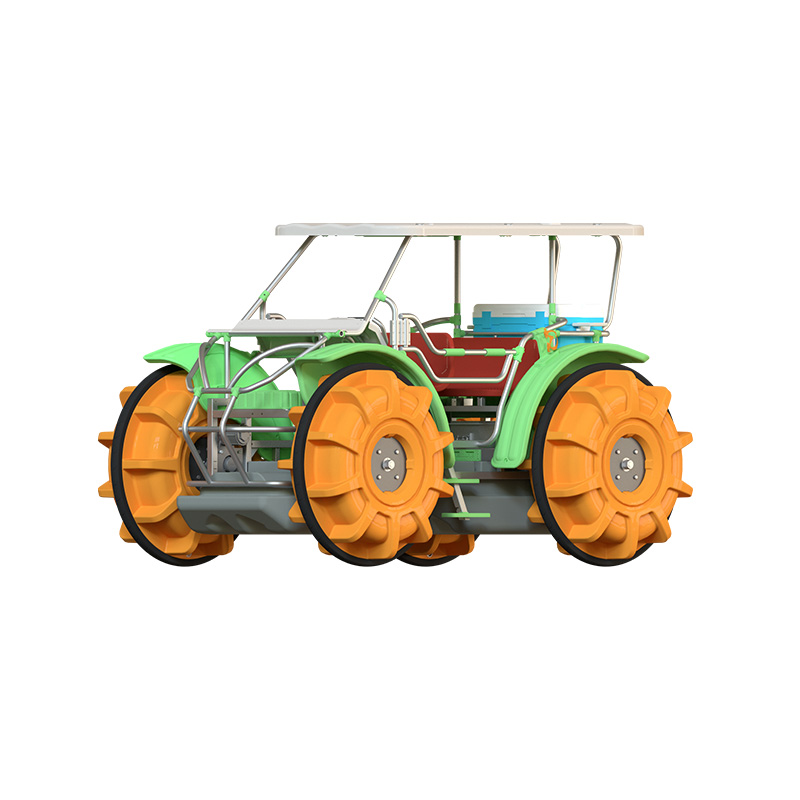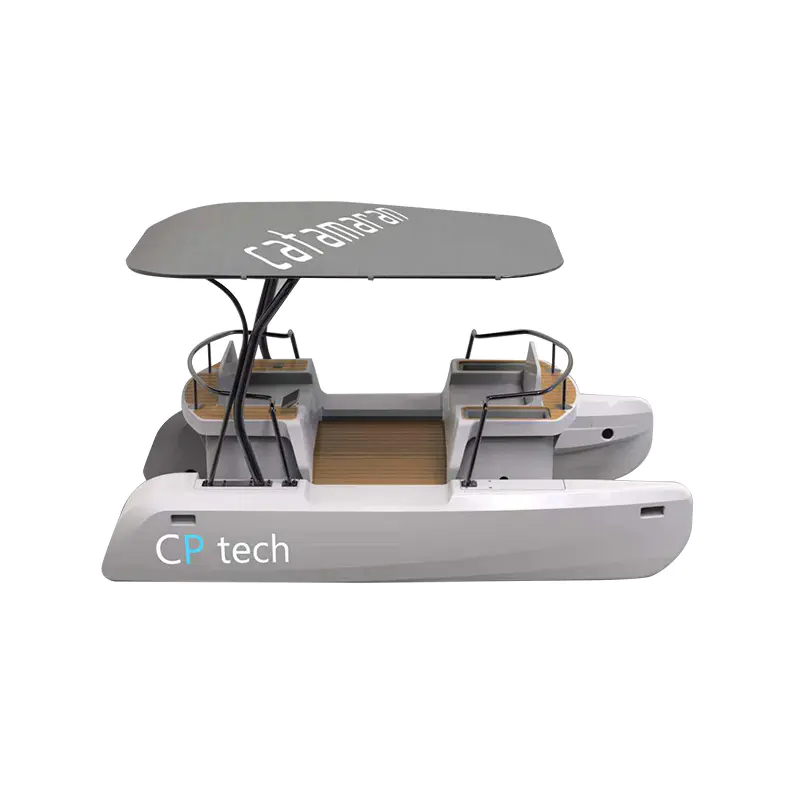How Do Electric Track Vehicles Perform in Different Terrains?
2025-07-11

Electric track vehicles have gained attention for their unique design and versatility, especially when it comes to handling various terrains. Understanding how these vehicles perform in different environments can help users make better decisions for their specific needs. The electric track vehicle, characterized by its continuous track system powered by electric motors, offers distinct advantages compared to wheeled vehicles, particularly in challenging terrain conditions.
One of the key strengths of electric track vehicles is their ability to distribute weight evenly over a larger surface area. This feature allows them to perform well on soft or unstable ground, such as mud, snow, and sand, where traditional wheeled vehicles might struggle or get stuck. The tracks provide better traction and reduce ground pressure, which minimizes the risk of sinking or slipping. Therefore, in off-road scenarios with loose or uneven surfaces, electric track vehicles often maintain better stability and mobility.
In rocky or uneven terrain, electric track vehicles demonstrate reliable performance due to the continuous contact of the tracks with the ground. Unlike wheels that may lose grip when encountering obstacles or uneven patches, tracks offer consistent contact and traction. This helps the vehicle climb over obstacles and traverse rough paths with less risk of damage or loss of control. Additionally, the electric motors allow precise control of torque, which enhances maneuverability on steep or irregular surfaces.
When used on paved or hard surfaces, electric track vehicles tend to have some disadvantages compared to wheeled vehicles. The increased friction and contact area of the tracks result in higher energy consumption and more wear on the track components. As a result, electric track vehicles may not be the most efficient choice for long distances on smooth roads. However, for short trips or specific tasks requiring high traction and stability, they remain practical.
Another consideration is the impact of the electric power system on performance across terrains. Electric track vehicles benefit from instant torque delivery, which allows for smooth acceleration and controlled movement even in demanding conditions. The electric motors also contribute to quieter operation compared to combustion engines, making these vehicles suitable for sensitive environments or urban areas where noise reduction is important.
Maintenance requirements for electric track vehicles can vary depending on terrain use. Rough or abrasive surfaces may cause more wear on tracks and undercarriage components, leading to more frequent inspections and replacements. However, the simplicity of electric drivetrains often reduces the overall maintenance burden compared to traditional internal combustion engine vehicles.
In terms of environmental impact, electric track vehicles offer benefits by producing zero emissions during operation, which is valuable in protected natural areas or locations with strict pollution controls. Their ability to navigate diverse terrains without heavy environmental disturbance adds to their appeal in conservation or agricultural applications.
Electric track vehicles perform effectively across a range of terrains, with particular advantages on soft, uneven, or challenging surfaces. While they may not be the most efficient choice on paved roads, their traction, stability, and electric power system make them versatile for off-road tasks. When selecting an electric track vehicle, considering the typical terrain and application is important to ensure the best match for performance and durability. The adaptability of electric track vehicles continues to make them a practical option in various industries and environments.

 English
English  русский
русский  عربى
عربى 









